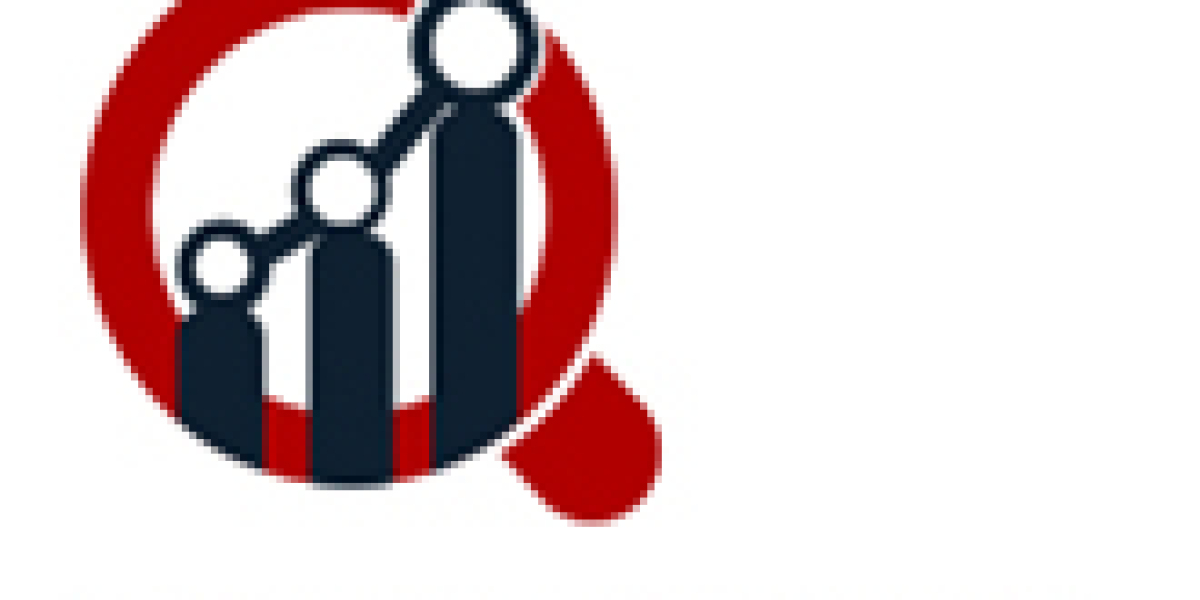The Hybrid Adhesive & Sealant Market is gaining strong momentum across sectors such as construction, automotive, aerospace, electronics, and packaging. Combining the advantages of both silicone and polyurethane chemistries, hybrid adhesives and sealants offer high-performance bonding, flexibility, UV resistance, and environmental durability—with fewer drawbacks.
As manufacturers seek stronger, more versatile, and eco-friendly alternatives to traditional adhesives, hybrid systems are becoming the material of choice for structural bonding and flexible sealing applications.
Market Overview
Hybrid adhesives and sealants are multi-functional materials that blend two or more chemistries (such as silane-modified polymers and epoxy or polyurethane systems) to deliver enhanced adhesion, elasticity, and environmental resistance.
Key applications include:
Building & Construction – sealing joints, window frames, and façade bonding
Automotive & Transportation – bonding trims, panels, and vibration dampening
Industrial Assembly – machinery, appliances, and equipment bonding
Marine & Aerospace – structural adhesion under harsh conditions
Consumer Goods – electronics, furniture, and DIY applications
Key Market Trends
Rise of Green and Low-VOC Formulations
Hybrid adhesives are increasingly solvent-free, odorless, and compliant with environmental standards, reducing health and ecological risks.
Shift Toward One-Component, Easy-to-Use Systems
Demand is growing for ready-to-use hybrid sealants with no mixing required, reducing application time and errors.
Boom in Infrastructure and Smart Buildings
As smart cities expand, hybrid sealants provide the durability, movement tolerance, and aesthetic finish needed in modern facades and interiors.
Increased Vehicle Lightweighting
Automotive OEMs are switching to hybrid adhesives to bond lightweight materials, improving fuel efficiency and EV range.
Growth Drivers
Demand for Multi-Functional Sealants
Hybrids offer both adhesive and sealing properties—ideal for reducing inventory and simplifying procurement.
Superior UV, Water, and Chemical Resistance
Perfect for outdoor and high-humidity environments like roofs, swimming pools, and marine vessels.
Growing DIY and Home Improvement Sector
Hybrid sealants are being marketed to consumers for all-purpose sealing, bonding, and gap filling at home.
Stringent Building and Emission Regulations
Government mandates on low VOCs and non-isocyanate chemistry push hybrid solutions to the forefront.
Challenges in the Market
Higher Cost Compared to Traditional Sealants
Advanced formulations and raw materials increase cost, especially for price-sensitive construction projects.
Limited Awareness in Emerging Markets
Many users still rely on older products like silicone or PU due to familiarity and lower upfront costs.
Adhesion Limitations with Some Plastics
Surface preparation or primers may be needed when bonding low surface energy materials like polyethylene.
Technology Standardization and Performance Testing
Lack of universal performance standards for hybrid products can delay adoption in regulated sectors.
Future Outlook
Customized Hybrid Systems for Niche Applications
From modular construction to flexible electronics, manufacturers are creating tailor-made hybrid formulations.
Expansion into Packaging and Medical Devices
Non-toxic, biocompatible hybrids may see growth in healthcare and food packaging sectors.
Smart Adhesives with Self-Healing or Sensor Integration
R&D is advancing toward next-gen hybrid materials that can repair cracks, detect pressure, or change properties dynamically.
Asia-Pacific Poised for Strongest Growth
Countries like China, India, and Indonesia are investing heavily in transport, real estate, and infrastructure, fueling demand.
Conclusion
The Hybrid Adhesive & Sealant Market represents the next phase in bonding and sealing innovation. With its versatility, strength, and eco-friendliness, hybrid chemistry bridges the gap between performance and sustainability. As industries continue to demand faster, stronger, and greener materials, hybrid systems are becoming the preferred choice for high-stakes applications in a wide range of sectors.







